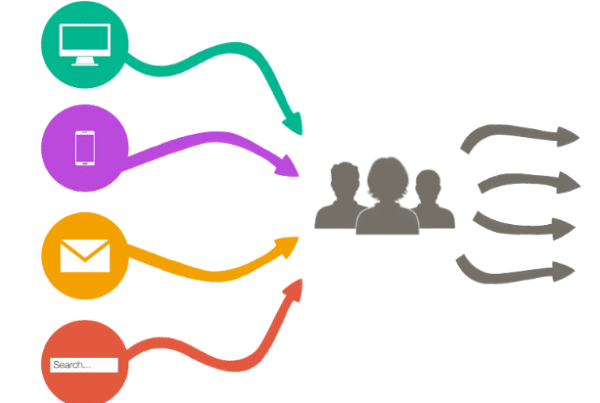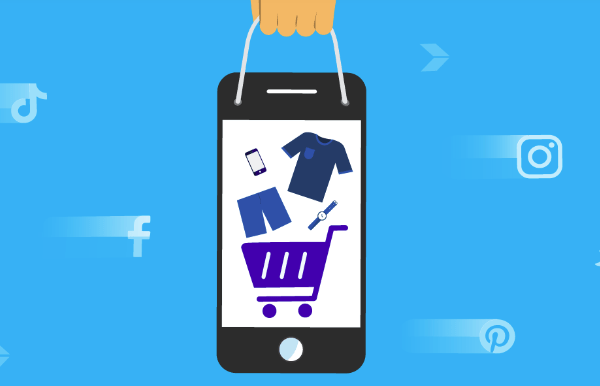If you’re a retailer of products (or services) from other brands, You probably had the conversation about pricing, if you’re dealing directly with the distributor or manufacturer / brand owner of that product. I can tell you, from experience, it’s a conversation I had too often as the founder of a etailer of eyewear in my past life that the biggest challenge I had coming to the end of my era was all about MAP pricing with the brands.
MAP meant no more discounting and just posed a real challenge as I actually had built a nice business around the discount model, unfortunately, when you sell other peoples products, many times, you’re at their mercy playing by their rules. Now…that’s not necessarily a bad thing, of course. There are many successful retailers in todays world selling branded goods, but as more and more manufacturers come online themselves to offer customers a direct brand experience, more and more you’ll have to compete in other ways to get that sale.
I actually work on the other side of MAP now, the manufacturer / brand side. MAP pricing is very important to keep a certain price value associated to the product so I see the other side now and understand it from that angle. However, it’s important as a retailer you can set your own rules by still maintaining MAP pricing agreement with the brand / product owner.
As more and more brands protect their brands and pricing online, there are many MAP tracking softwares that they use. If you want to maintain a good relationship with your vendors, BE COMPLIANT. However, there are things you can do that may be fly while still being compliant.
WHAT IS MAP PRICING?
MAP stands for Minimum Advertised Price. MAP pricing is basically a minimum that a company agrees not to ADVERTISE below. It’s making sure you’re at least at MSRP.
HOW DOES MAP PRICING WORK?
So, let’s say you’re a watch retailer and you sell made up brand Locus. Locus is a brand that sells all their watches at a $99 price point. The brand Locus tells you they want to make sure you follow MAP pricing. Now, you as the retailer, cannot advertise Locus watches on sale below $99 on any of the copy of the website and specially of course on the product page sell price.
WHY DO BRANDS ENFORCE AND HAVE MAP PRICING?
The reason brands have MAP pricing is for the following reasons:
- Maintain brand / product value for their goods.
- Maintain a fair marketplace for all vendors, regardless of size
- Protect vendor margins
WHY DOES MY BUSINESS HAVE TO FOLLOW MAP AND OTHER SITES LIKE AMAZON HAVE THE SAME PRODUCTS CHEAPER?
Time and time again you’ll hear this question if you’re on the brand / manufacturer side enforcing MAP pricing, or you’ll ask it 100 times to the vendor that’s on your case about discounting and you’re wondering why 10 sellers on Amazon are allowed to sell cheaper.
Diversion exist. It’s a real thing. As a brand it’s not easy to stop but when a brand / manufacturer is serious about MAP pricing, it’s doing its best (generally speaking) to control the landscape of the pricing model online but it’s not as easy as you may think. A third party retail like Amazon has no desire to get involved in the business between vendor and seller relationships so they can’t enforce MAP pricing. The best a vendor can hope for is to get in touch with that seller to see if they will comply.
IMPORTANT TO NOTE: If a brand / manufacturer is doing business with you directly, that relationship is valuable so as a authorized partner, it’s in your best interest to comply and make sure you’re competitive advantage is not just price…the brand sees no value in having you as a partner if all you’re offering consumers is a better price point. Why would they need you at that point? (unless you’re bringing a ton of exposure that is.)
OKAY, JUST TELL ME THE TIPS AND HACKS FOR MAP PRICING ALREADY, I GET THE POINT.
Got it. Before I do that, and I will do that and I really think it will help you tremendously in helping with your map pricing issues, let me just say this and it’s true, as someone who know also operates on the other side of things.
I mentioned this on top and it is worth mentioning again. If your business is built around discounting as its only value proposition, start re-thinking your business. I’m saying this because it’s one of the easiest things to take your business down should things change with MAP pricing. Being in this industry for over 20 years, I’ve seen this happen over and over again. In todays competitive nature, you can’t just compete on price, now more than ever, as brands continue to zone in on the internet as its priority sales channel, MAP will continue to be enforced more and more.
SUPER IMPORTANT…DID I FORGET TO MENTION: MAP agreements are made to protect the advertised pricing, NOT the final sale price. What does that mean? The brand has no say or care what happens once the product is placed in your cart. They just want to make sure the product is advertised at the price they want it to be valued at. Some brands may be stricter with others on this point, but its a very important one to find out.
TOOLS TO GET AROUND MAP PRICING
- PRICEWAITER: I’ve used this tool in the past and has worked quite well. This tool was used a few years back so I’m not sure that they maintained the same functionality but it allows(ed) you to put a button with any copy you want like MAKE AN OFFER or CLICK FOR PRICING that then presented a better price or emailed you a better offer right away. Right now it seems they pivoted a bit into having their own market place but still seems like a solution where you can place your products as a retailer.
- DAILY KARMA: I used this product for quite some time and it was very solid. This allows you to get around MAP pricing in a very clever way by not only giving great value to the consumer but actually doing good. By placing DailyKarma (shop for good) on your website as a widget or app, it lets customers shop by donating and you give them a discount for doing so. The best part? This happens at the cart. So, you can create an offer like ‘get $10 back when you donate $2 to the red cross relief fund.’ See..now they are getting $10 off their order and that still maintains MAP pricing.
- AUTOMATIC CART DISCOUNT: This is something you can see if there’s an app for or you can have your developer do it. Basically, nothing like the element of surprise. Once the customer adds product to cart, the cart can say, “special promo added, discount $10 off”
- SUBMITTING TO COUPON WEBSITES: Sites like retailmenot and others are great sources to put coupon codes for discounts, free shipping, etc. Shoppers are constantly hunting coupon codes online so while you shouldn’t advertise a coupon on your website if you need to protect a MAP agreement, the use of coupons at cart is allowed.
- CUSTOM DEVELOPMENT: This is easier than it sounds. I’ve done it. What I did was create a custom option on product pages that had a link below the price which allowed for VIP pricing to get emailed to customer for example. Had a good conversion rate. Email me at pablo @ etrend.com if interested in development on this custom option.


